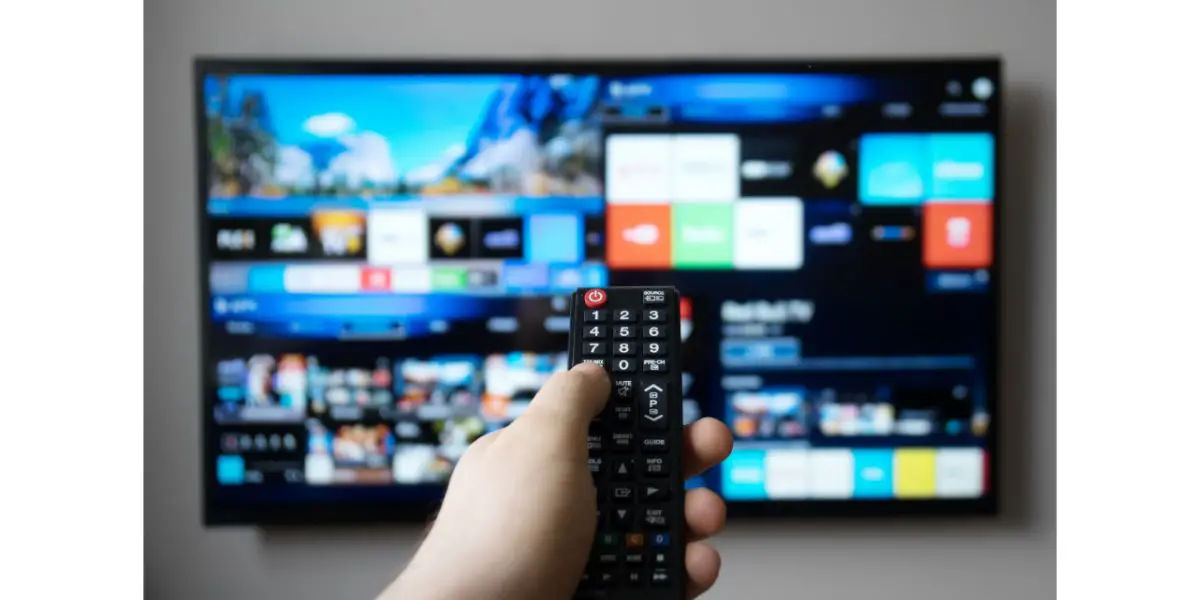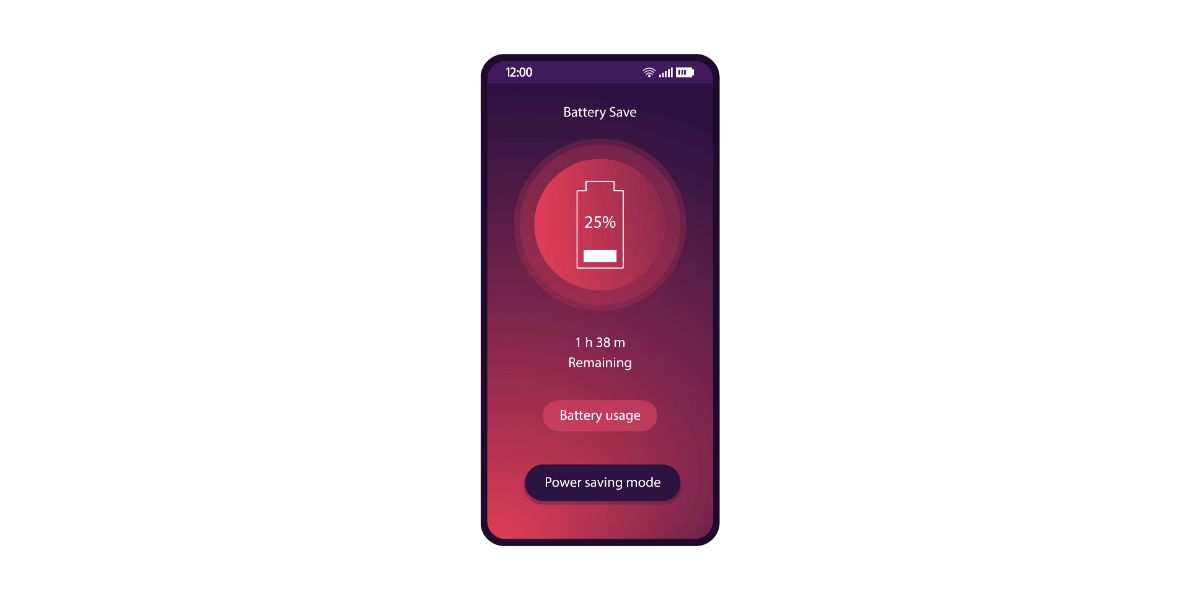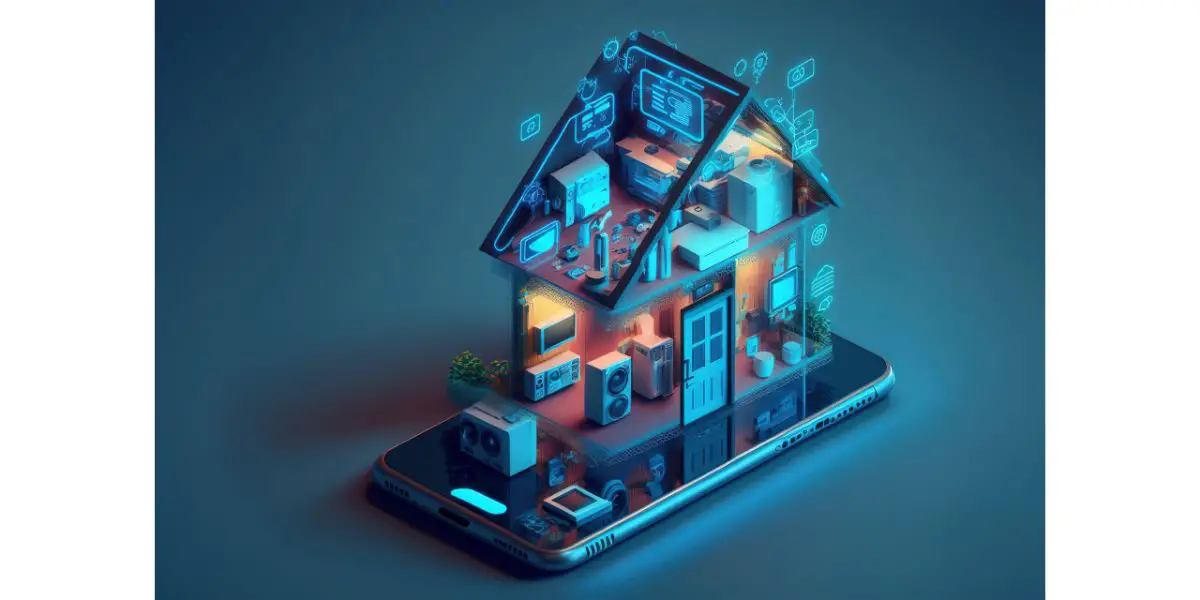Disclaimer: This post may contain affiliate links, meaning we get a small commission if you make a purchase through our links, at no cost to you. For more information, please visit our Disclaimer Page.
Mobile hotspots are incredibly useful, especially when your home internet is down or you’re out and about and you simply need a WiFi router on the go. They aren’t often the fastest or the best but they’ll do the job in a pinch. Connecting a TV to your hotspot should be a cinch. But, what happens when it isn’t?
Mobile hotspots typically connect with a password, which is sometimes missed in the connection process. IT could also be that you’ve exceeded your mobile carrier’s data plan or you never had a mobile hotspot in your plan, to begin with.
You may run into trouble trying to connect, though connecting to a mobile hotspot is designed for speed and efficiency. Something as simple as the battery saver being active is enough to convolute the process. These things are fairly common, however, and we have a few fixes you might be interested in.
Table of Contents
7 Reasons & Fixes to TV not connecting to Hotspot
1. Make Sure Your Smartphone and TV are Updated
Not having the firmware in your smartphone or TV up to date always causes problems eventually. The longer you go without updating, the more problems will stack up on both devices.
While your TV and smartphone are not updating, all of the apps on them are.
Eventually, it will reach the point where the apps are no longer functional on your smartphone or on your TV.
Android and iOS devices default to update automatically. But, if they haven’t been updated, you’ll need to go in and manually update both of them.
2. You Have a Weak Signal
Your TV will generally be the one that gives you this warning. It may connect and then display a message somewhere along the lines of, “No internet connection detected.” Another problem with mobile hotspots is that they usually allow other devices to connect but at a much lower bandwidth.
Let’s say your phone has 5G capabilities but you’re in a 4G area. That means your smartphone has access to 4G speeds, which is more than enough to watch High Definition programming. However, once your TV connects, it is relegated to 3G or lower.
This might not be enough and though you can see that it’s connected, anything you try to stream just sits there and buffers. Hardly the ideal situation. Most of the time, however, if your data signal is too weak, you won’t even be able to activate your mobile hotspot, much less connect.
3. Password Issues
Normally, when you turn on your mobile hotspot (whether you are using an iOS device or an Android), there will be a password displayed beneath the hotspot toggle. In terms of connecting your TV, it’s just like connecting to your router for the first time.
To complete the connection, you have to enter the router’s password. The same is true with connecting to a mobile hotspot. The problem with mobile hotspots is that they often generate very complicated passwords in super-small letters and numbers.
A single mistake is enough to garner a failed connection message. For those who haven’t used a mobile hotspot before you might be neglecting the password altogether because you simply didn’t realize there is one.
Keep in mind, there should always be a password when you activate the mobile hotspot for the first time. The only exception is for recognized devices that have connected with your smartphone in the past. There will still be a password, it will just get bypassed by the previously connected TV.
4. Battery Saver is On
“Low-power mode,” “battery saver,” or whatever you want to call it, is a feature that usually auto-activates when your battery level reaches a certain percentage.
For instance, on iPhones, unless you actively turn off the feature, the “low-power mode” kicks in when the battery hits 20% or lower.
There are a ton of benefits to this automation, including extending the life of your iPhone when you are away from a charger. It shuts down most background processes, reduces backlighting, and usually turns on the automatic brightness feature.
It’s a good thing to have on when you know you’ll be spending a long time away from any charging opportunities and you don’t have a portable charger in tow. Unfortunately, mobile hotspot usage is a serious drain on the battery, so it’s a process that’s also turned off in battery-saver mode.
Until you turn the battery-saver off, you won’t be able to utilize your smartphone as a mobile hotspot and your TV won’t connect to it. You are more than welcome to disable it, though turning the mobile hotspot on will quickly drain the remaining 20%.
Turn Off Low-Power Mode iOS Devices
- Go to the Settings Menu on your iOS device (Gear Icon)
- Scroll down to “Battery”
- Toggle off “Low-Power Mode”
- Return to the main “Settings” screen
- Select “Personal Hotspot”
- Toggle on “Allow Others to Join”
Turn Off Battery-Saving Mode Android Devices
- Open the Quick Settings Menu by swiping down from the top of the screen
- Swipe down from the top again to access the “Advanced Quick Settings” menu
- Locate “Battery Saver” on the Quick Settings Screen
- Select it to turn it off
- To turn it off the regular way, simply go to the Settings menu
- Scroll down the Battery setting
- You’ll see a series of columns displaying relevant battery information
- Locate “Battery Saver”
- Tap it to turn it off
Once the battery-saving feature is turned off, whether you own an iOS or Android device, you should be able to turn on your hotspot and connect your TV. It sounds like a convoluted process but it’s really quite simple.
5. Restart Your Devices
The restart your smartphone trick is an oldie but a goodie, mostly because it so often works when everything else under the sun has failed. You should unplug the TV first, then power down your iOS or Android device.
For Androids, all you have to do is hold the power button for about 15 seconds to half a minute. For iOS devices, you have to hold the power button and the volume up button down at the same time.
Once your smartphone is powered down, leave it that way for a full minute. Power your phone back up and wait until it is completely cycled back up before you plug the TV back in. Power the TV up as well.
Now that you’ve effectively turned both of them back on, try going through the process of adding the TV to your mobile hotspot again.
6. Your Carrier is the Problem
For whatever reason, most carriers don’t seem to be big fans of mobile hotspots and they regulate them pretty fiercely. They either place mobile hotspot access in higher-tier plans that cost more money or they severely limit the amount of data you can use while the hotspot is on.
If you just purchased a monthly plan that is considered an average, everyday plan, the odds are good that you won’t even have the option to use your mobile hotspot.
The option will still be there in the settings menu but you either won’t be able to activate it or you’ll get a message from your carrier denying you access if you try to turn it on.
The only real solution is to contact your carrier and either purchase a set amount of mobile hotspot data or move yourself to a higher tier. Even if you choose to do the latter, you may end up with a limited amount of hotspot data.
If you’re looking to hook up your TV to your mobile hotspot, be warned that even 1080p HD will chew through a lot of data fairly quickly. If it’s just a short-term solution, you should be alright, depending on how much data is allotted to your mobile hotspot.
7. Too Many Devices Connected
Some of the more premium routers can handle scores of devices at the same time. It’s not the same when it comes to a mobile hotspot. As awesome as your smartphone may be, it can only handle so many connections all at once.
The solution is to start removing devices from your mobile hotspot to make room for connecting your TV. Simply remove them, one by one, and give your smartphone a minute to chill after you’ve taken the last one off.
After maybe five minutes or so, try to reconnect your TV to your mobile hotspot. Keep in mind that once you remove all of the other devices from your hotspot, you should probably turn the hotspot feature off and back on again, just to clear anything up.
Its also important to remember that if you get your TV connected, the more devices you add to your hotspot, along with the TV, chews into that TV’s available bandwidth as well as any data pool limitations you have on your carrier
All Things Considered
There you have it, six potential problems and fixes for connecting your TV to a mobile hotspot. Mobile hotspots are generally pretty easy to activate and connect to whatever devices you want to, so long as they are compatible.
It’s an excellent solution when the WiFi is down or you simply have no other options at the time.



